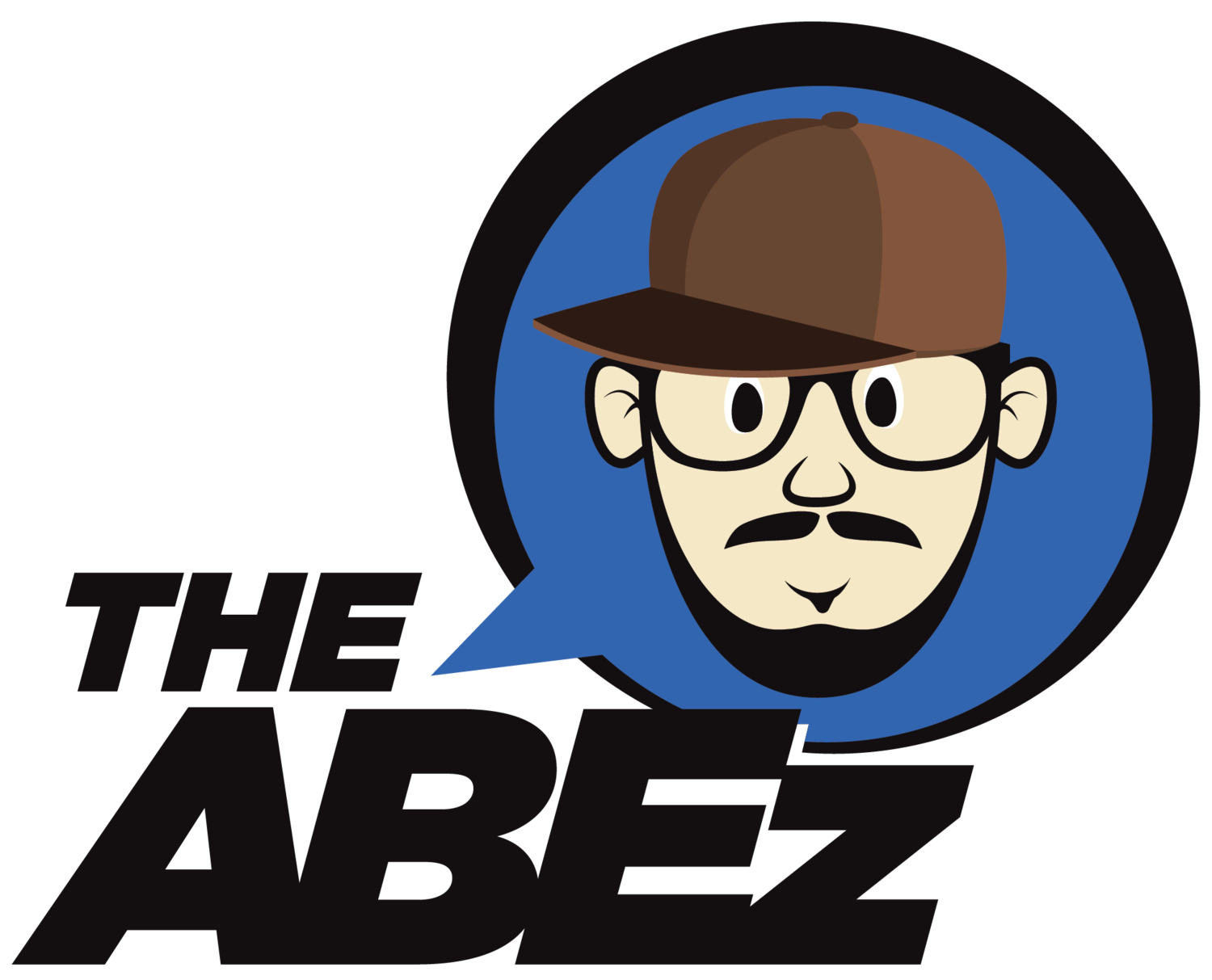The Behavioral Changes in Employers, Employees and Consumers Amid Covid19
The Change in Employee Behavior
More than 60% of employees state that their mental health can negatively stall their productivity. Although employees are trying their best to adapt to the evident changes that have taken place, some are still trying to find a balance between the lack of work ethic, and the undeniable urge to procrastinate. Some companies have encouraged the concept of virtual tours of home offices to strengthen personal connection and inspire a sense of connection between the employers and employees, even though it may not be a physical one. Employees are now prone to develop anxiety from the pressure enforced on increased performance. Therefore, many employees are most likely to act out of impulse, or make swift decisions that they wouldn’t have usually made before the outbreak. This crisis has fostered some sort of cognitive bias in employees, where some would behave in ways that would lead to short-term gains rather than long-term ones. As the work-ethic is seamlessly fading away, employees are caught in a conundrum between doing what’s “right” and impressing their employers to any extent. So in turn, how will this impact the behavior of the employers?
The Change in Employer Behavior
Around 40% of US employees have stated that their employers have stopped hiring, therefore instilling fear and uncertainty to full-time employees. As some employers are witnessing the lack of psychological safety in their employees, some are altering their own behavior in order to mitigate the negative effects of psychological distancing between their teams. Employers are becoming more pro-active than usual, as they are becoming more compassionate and flexible. Leaders during this outbreak, believe that when they enforce less control over their employees’ schedules and decisions, they will instill a sense of trust that will eventually be reciprocated. This will make employees feel a greater sense of worth, thus significantly strengthening their relationship with their employers. When employers connect with their employees on a personal-level they’re better able to ensure that customers are still satisfied despite the sudden shift that took place in doing business. As a result, how will this change in communication between the employers and employees affect their customer’s behavior?
The Change in Customer Behavior
Consumer optimism has evidently dropped in Europe and the Americas starting mid-March, whereas Asian countries have managed to retain their level of optimism. Around 75% of customers globally, believe that the impact of Covid19 on their finances will last for another two months. The way an organization responds to crisis plays a huge role in changing customers behavior. Bearing in mind that customers are more sensitive in these hard times, speaking to understanding employees is a significant factor in retaining them amid this crisis. This is why employee behavior would most definitely affect customer behavior, especially those who rely on customer service for any purchase inquiries.
As for the increase in online shopping, around 23% of Baby Boomers are now shopping more online, a habit that was not so common before the outbreak. Therefore, meeting the essential needs of the evolving customer remains detrimental, especially those that are still exploring the waters of this digital transformation. The changes taking place in customer behavior is also linked to the level of concern over the alleged risk of the spreading virus. As a result, around 70% of lower-income households are spending less money on online shopping to mitigate any further financial losses.
Covid19 has pushed customers to step out of their comfort zones and adopt new habits that will most likely linger on even after this outbreak. The virtual world is now appealing to customers who previously never understood its mechanics, which is a turning point in shaping and changing future buying habits.
